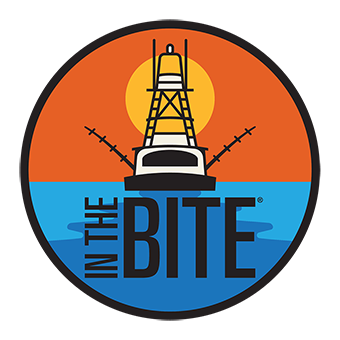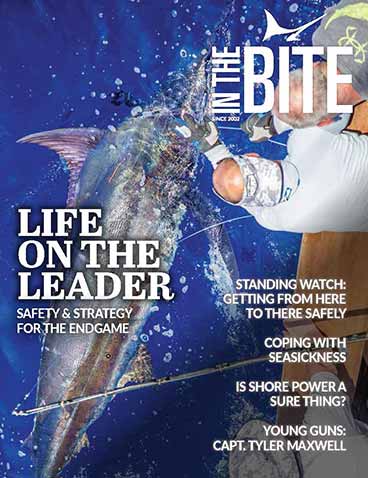Greenstick Licenses Approved for Commercial and Charter Fleets in Costa Rica
When it comes to fishing regulations, changes in Costa Rica are usually slow and deliberate. The government typically requires extensive technical and scientific support before it considers adding or changing fishing laws or agreements. The studies are also usually conducted in Costa Rica territorial waters. Greenstick fishing or palo verde as









